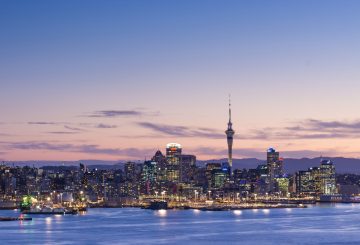红十字会表示,其救灾资金需要时间才能流入受影响社区,因为该组织希望避免重犯克赖斯特彻奇地震后犯的错误。
到目前为止,新西兰人已经向该基金捐赠了2200万美元,用于救济受飓风加布里埃尔和洪水影响的人,但其中只有五分之一已经发放完毕。
红十字会秘书长莎拉·斯图尔特-布莱克说,他们正在花时间评估需求的规模,并与议会、政府和iwi合作,确保他们不会加倍捐款。
她说,克赖斯特彻奇地震后,红十字会行动过早,并因重复资金并将其转移到错误的地方而受到批评。
试点先行方法的一个例子是在蒂卡拉卡的Tai Rawhiti社区实施了一项试点计划,用贴有标签的房屋取代了whannau的生活必需品。
但是在黑斯廷斯郊区的帕科瓦伊,杰夫·唐纳说,他迫切需要现金。
唐纳的家和两家企业被飓风加布里埃尔摧毁。他向霍克湾救灾基金(红十字会向该基金捐款)申请了最高可用的1000美元,并获得了其中的一半。
与其提供实物支持和捐助,唐纳希望每个受影响的家庭一次性获得一笔款项,以他们认为合适的方式使用。
红十字会可能仍在整理细节,但斯图尔特-布莱克表示,其大部分资金将在8月之前支出,其余资金将在飓风发生后的一年内支出。
来源:r ad ionz.co.nz



























































